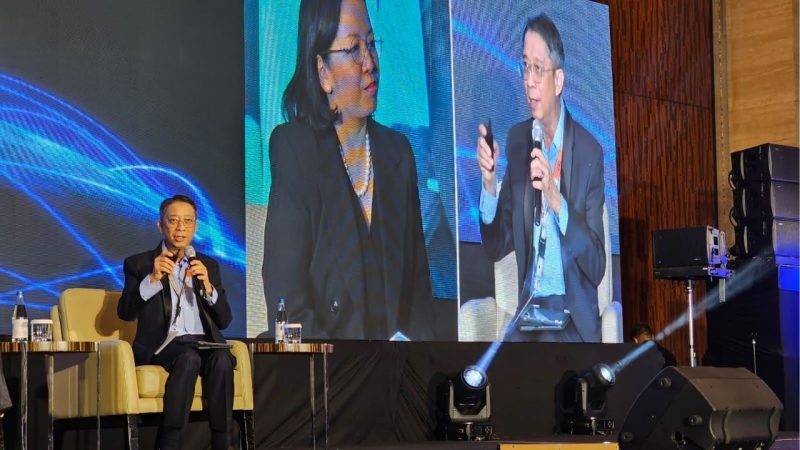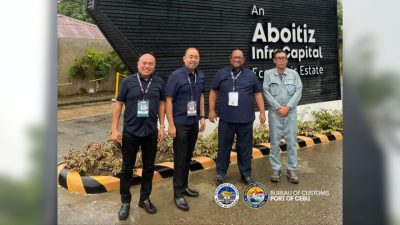Emmanuel Estrada, Globe Vice President for Regulatory Development and Strategy, speaks about digital connectivity.
Addressing the digital gap is not the job of the private sector alone, a Globe executive told a recent forum, as he cited the need for a whole-of-nation approach to achieve the country’s digitalization goals.
Speaking at a forum, Emmanuel Estrada, Globe Vice President for Regulatory Development and Strategy, underscored the need for the government and communities to lay a greater stake in achieving the country’s digitalization targets, as laid down in the government-led Philippine Development Plan (PDP) 2023-2028.
He cited how telecommunications firms in the Philippines have invested a combined Php 640 billion from 2021 to 2023 to enhance the country’s connectivity infrastructure. Meanwhile, the government could invest more, as it ramps up infrastructure builds in other areas.
“We believe given high infrastructure cost, the need for policy reform and digital literacy, bridging the digital divide is not just the job of the private sector alone. It needs to be a whole-of-nation approach, where the government, society and private sector work together. If we don’t do it together, we can’t bridge this gap at all,” said Estrada.
He cited how the government currently has 54 road building projects as part of its Flagship Infrastructure Projects and just three related to digital connectivity and another sixteen for possible PPP: “We expect that the government would invest in digital connectivity and ICT as much as it invests on roads.”
Estrada also called on local government units to remove hurdles to the issuance of permits for ICT infrastructure builds. He said some LGUs still found ways to make securing permits hard and slow for telcos despite the issuance of Executive Order No. 32, which was supposed to streamline the process.
“We have a very nice, very forward looking and aspirational Philippine Development Plan. When we start to see all that needs to be done, sometimes we say this is really very tiring. But we cannot do all these by just looking at the private sector,” he said.
He said every Filipino should understand what needs to be done and “what’s in it for them” once digitalization reaches every corner of the country.
“Every element, every stakeholder should contribute and push for it, and make sure nothing gets sidetracked,” he said.
Opportunities for Connectivity
Estrada also underlined the importance of attaining universal and meaningful connectivity– an opportunity for the telco industry to drive the economy despite relative market saturation.
He cited three important aspects of digital connectivity that must be fulfilled to substantially address the digital gap: Access, Digital Literacy and Perceived Value Gap. In a nutshell, people should not only have access to connectivity but also know how to use it and see the value in using it.
“They talk about how connectivity has reached the saturation point. But as you go into more digital services, that’s a different story. That’s a new growth sector. As people benefit from that new set of services, connectivity becomes fuel for development,” he said.
Giving his industry outlook, Estrada said: “There’s still room to grow, room to work on.”
“That’s providing connectivity first and services on top of it, and for people to realize the value of connectivity. It’s not just for posting your status on social media but using it for something meaningful, such as new businesses or new ways of working,” he said.
Capitalizing on the strength of its core business, Globe has been delivering digital solutions to solve Filipinos’ day-to-day pain points. Today, its fast-expanding portfolio of services straddle the areas of fintech, health tech, edutech, ad tech, climate tech, investments, shared services and entertainment.
To learn more about Globe, visit https://www.globe.com.ph/.







